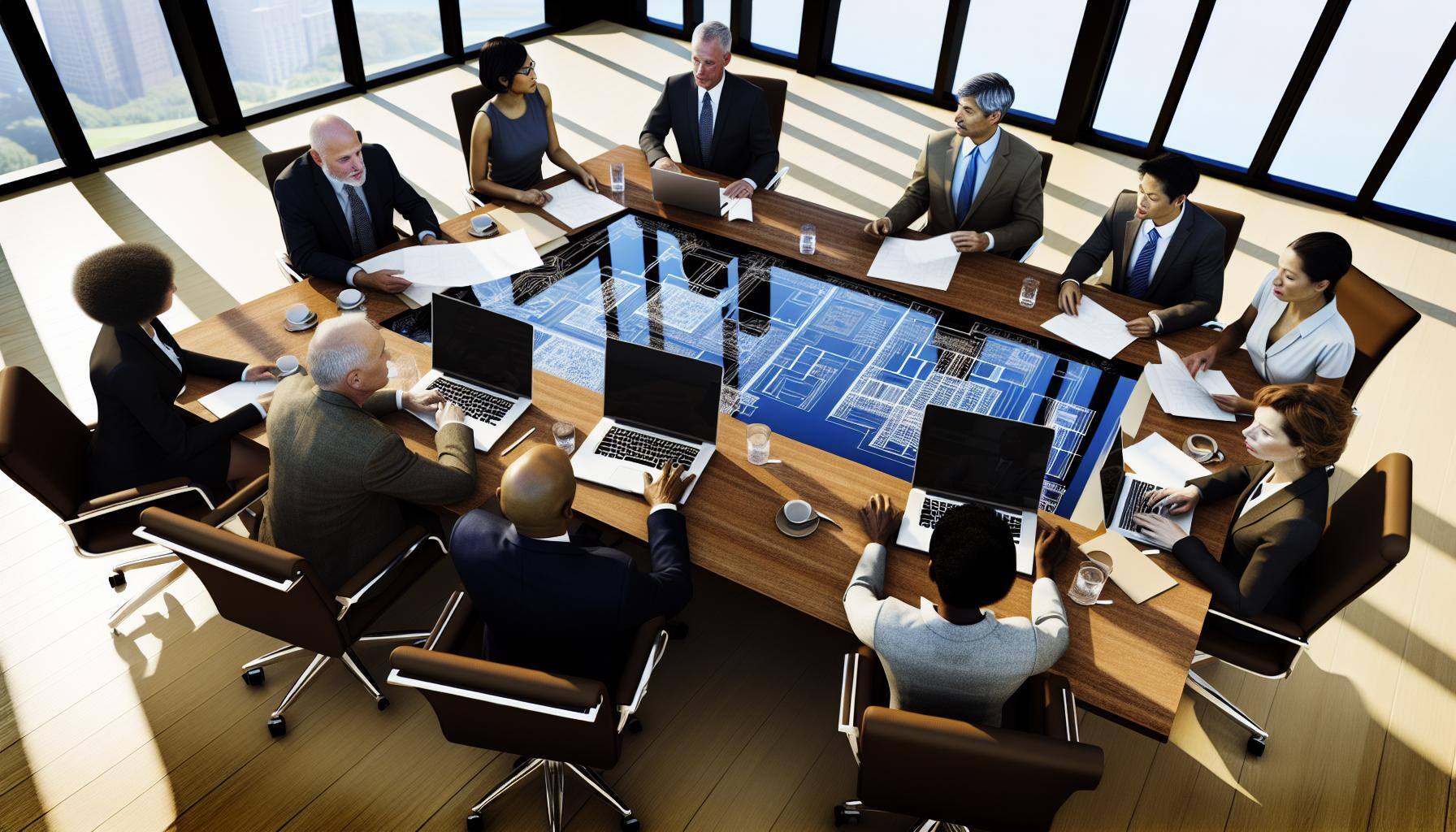Effective Ways to Reduce Customer Churn in B2B SaaS Companies
Customer churn represents a critical challenge for B2B SaaS companies. Churn occurs when customers stop using a product or service, leading to lost...
2 min read
Brian Polackoff
:
Feb 7, 2024 1:22:00 PM

In today’s fast-paced SaaS landscape, making informed strategic decisions is paramount. With an abundance of data at our fingertips, the challenge often lies not in gathering information, but in breaking down complex metrics into digestible, actionable insights for stakeholders. Data-driven decision-making empowers SaaS companies to navigate through uncertainties with precision, optimizing for growth and sustainability. This blog explores how leveraging data-driven insights can transform decision-making processes, focusing on simplifying complex metrics and utilizing comparative analysis to underscore the value of your SaaS product.
The shift towards data-driven strategies marks a significant evolution in how companies approach decision-making. Gone are the days of relying solely on intuition or past experiences. In the digital age, leveraging analytics to guide strategic choices enables businesses to:
One of the primary hurdles in data-driven decision-making is the complexity of metrics. For stakeholders to support strategic decisions, they must first understand the information presented. Here are strategies for making complex data more digestible:
Comparative analysis involves examining your data in the context of industry benchmarks, competitor performance, or past company performance. This approach can illuminate areas of strength and opportunities for improvement. Additionally, tracking trends over time can provide valuable insights into the trajectory of your business and the impact of your SaaS product. Here's how to leverage these tools effectively:
Ultimately, the goal of data-driven decision-making is to highlight the value of your SaaS product. By employing comparative analysis and trend data, you can create compelling narratives that:
Elevating decision-making with data-driven insights allows SaaS companies to navigate the complex business landscape with confidence. By breaking down metrics into digestible information, employing comparative analysis, and leveraging trends, stakeholders can gain a clearer understanding of the impact of strategic decisions. This approach not only facilitates more informed decision-making but also highlights the tangible value of your SaaS product, garnering support for strategic initiatives and driving the company toward greater success.

Customer churn represents a critical challenge for B2B SaaS companies. Churn occurs when customers stop using a product or service, leading to lost...

For your Software as a Service (SaaS) company, churn—the rate at which customers discontinue their subscriptions—is a critical health metric. Since...

2 min read
In the high-stakes world of Software as a Service (SaaS), CEOs are constantly seeking ways to drive growth, enhance efficiency, and outmaneuver...